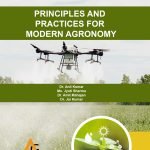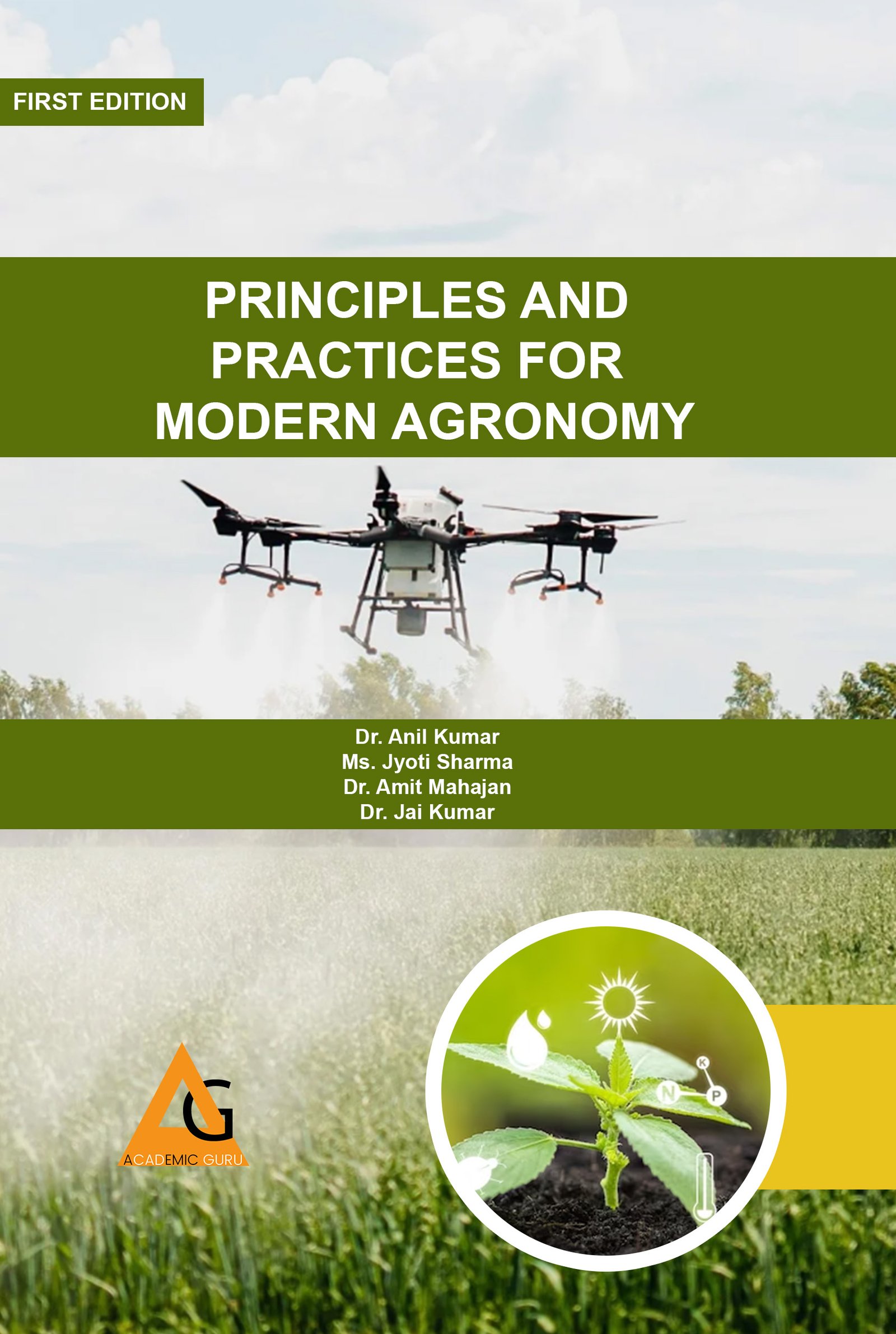Principles and Practices For Modern Agronomy
₹449.00
Availability: 2 in stock

Best Quality
Premium products crafted with care, ensuring long-lasting durability and reliability.

Good Shipping
Fast, secure delivery with reliable courier services for your benefits.

Cost Effective
Affordable pricing, discounts, and exceptional value without compromising quality.
Principles and Practices For Modern Agronomy
₹449.00
Availability: 2 in stock

Best Quality
Premium products crafted with care, ensuring long-lasting durability and reliability.

Cost Effective
Affordable pricing, discounts, and exceptional value without compromising quality.

Good Shipping
Fast, secure delivery and easy with reliable courier services for your benefits of the customer.

Excellent Service
Dedicated support team available to assist with any questions or concerns.
Agriculture is a component of the field of agronomy. It addresses edaphic and climatic aspects, such as knowledge of soil qualities, field interaction with soil factor, crop fertiliser needs, fertiliser application and timing, and crop disease and insect management. It deals with agricultural production to preserve natural resources and safeguard the environment. It addresses cross-cultural methods about grains, pulses, oilseeds, and fibre crops. It also covers soil chemistry, cultivating plants, plant physiology, plant genetics, soil science, plant breeding, soil fertility, and environmental science. This book contains every relevant agronomy component. It covers proper crop rotation, drainage and irrigation, soil classification, and weed management. The contents of this book are suitable for students studying rural development and agriculture. It is believed that kids must learn acceptable agricultural methods. Several core ideas in agriculture are discussed, including the distinctions between terms like agronomy and agriculture. A narrative has been given on the development of agriculture using technology. Since agriculture is a mirror of edaphic & climatic circumstances, climate, weather, and season have all been described along with their effects on different crops. The book explains the many agroclimatic zones so that readers may comprehend the variety of agriculture and the vibrancy of crops. The consequences for agrometeorology have also been discussed. Both rainfed and dryland agriculture have been discussed in this book. As a means of addressing dry land agriculture, different cropping methods appropriate for the area are combined with watershed management. In addition, certain areas are unsuitable for agriculture due to their marshiness, acidity, alkalinity, and swampiness. They thus gave waste land some thought. This book covers a variety of approaches of wasteland management, which are vital to understand. Agriculture involves a variety of resources that need appropriate management practices. This book contains a study and elaboration on soil and soil conservation. Understanding irrigation systems and water management is crucial in agronomy. This work has addressed manure and fertiliser management, which is a crucial aspect of agricultural progress. A variety of crops and associated processes are described, including cereals, cash crops, oilseeds, pulses, plantation crops, and spices.
Q & A
 Principles and Practices For Modern Agronomy
Principles and Practices For Modern Agronomy
| Weight | 0.350 kg |
|---|---|
| Dimensions | 23 × 15 × 2.5 cm |
| Name of Author | Dr. Anil Kumar, Ms. Jyoti Sharma, Dr. Amit Mahajan, Dr. Jai Kumar |
| ISBN Number | 978-81-974780-2-4 |
| No. of Pages | 245 |
Customer Review
 Principles and Practices For Modern Agronomy
Principles and Practices For Modern Agronomy
| 5 star | 0% | |
| 4 star | 0% | |
| 3 star | 0% | |
| 2 star | 0% | |
| 1 star | 0% |
Sorry, no reviews match your current selections





